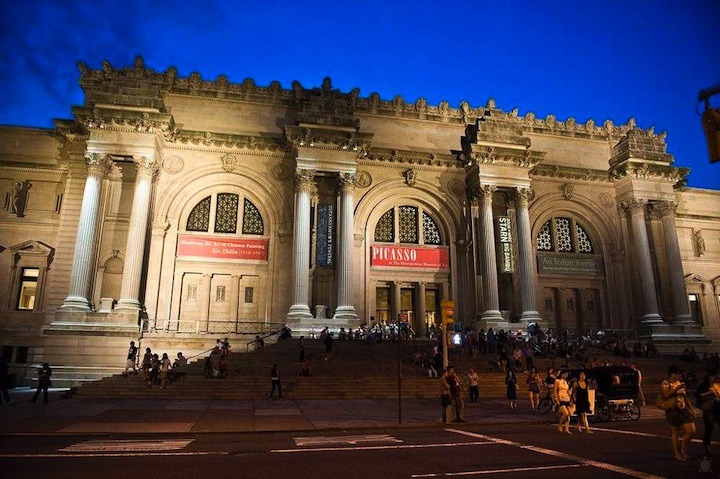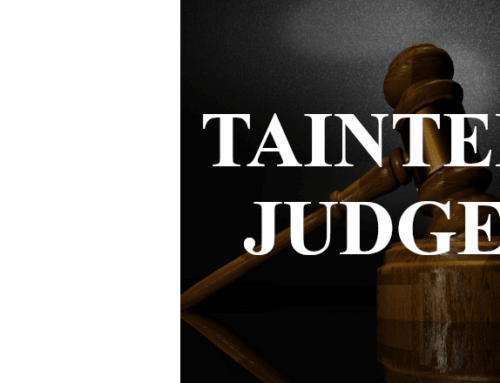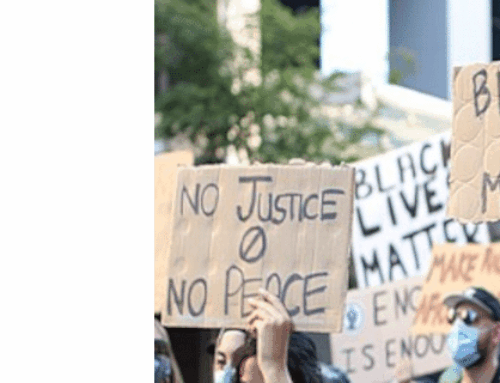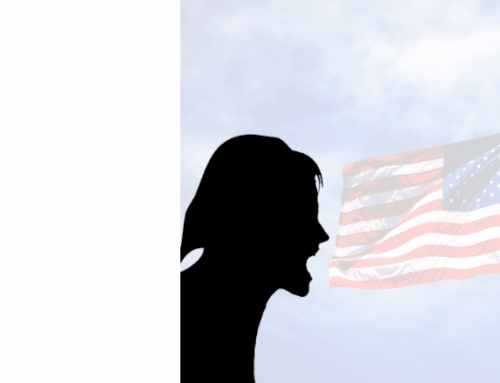Bill Donohue comments on how an art exhibition is stoking the fires of anti-Catholicism:
The Metropolitan Museum of Art in New York City will open an exhibition this weekend, “Jerusalem: 1000-1400: Every People Under Heaven.” For the most part, it promises to be an excellent presentation featuring 200 pieces from many international collections. Judaism, Christianity, and Islam, of course, have historical roots in Jerusalem.
There is one part of the exhibition, “Holy War and the Power of Art,” that appears problematic. Holland Cotter of the New York Times offers a familiar interpretation of the medieval world that touches on this theme: he states that in the 11th century, it was not a good time for Muslims or Jews.
“In Europe in 1095,” he writes, “Pope Urban II put out the call for Christians to liberate Jerusalem from people ‘absolutely alien to God.’ Accordingly, in 1099, Crusader armies showed up at the gates and began an ethnic and religious cleansing. They slaughtered Muslims, burned Jews alive in synagogues and cut down Christians who happened to cross their path.”
Cotter’s account cannot go unanswered. Misinformation—mistake of facts—and disinformation—deliberate distortion of facts—are commonly employed in discussions about the Crusades, and this exhibit at the Met is bound to whet the appetite of others who have been drinking the moonshine of the Black Legends.
There are two points of contention: Why the Crusades were launched and who mistreated Jews.
Few know this subject better than Princeton scholar Bernard Lewis. “The Crusade was a delayed response to the jihad, the holy war for Islam, and its purpose was to recover by war what had been lost by war—to free the holy places of Christendom and open them once again, without impediment, to Christian pilgrimage.”
Thomas F. Madden is professor of history and director of the Center for Medieval and Renaissance Studies at St. Louis University. He is an expert on the Crusades. Here are some of his observations.
- “Christians in the eleventh century were not paranoid fanatics. Muslims really were gunning for them. While Muslims can be peaceful, Islam was born in war and grew the same way. From the time of Muhammad, the means of Muslim expansion was always the sword.”
- “Pope Urban II called upon the knights of Christendom to push back the conquests of Islam at the Council of Clermont in 1095.”
- “Urban II gave the Crusaders two goals, both of which would remain central to the eastern Crusades for centuries. The first was to rescue the Christians of the East…The second goal was the liberation of Jerusalem and the other places made holy by the life of Christ.”
Jewish author Dennis Prager is exactly right when he says that the Crusades were “wars to retake territories in the Holy Land that Muslims had forcefully taken from Christians.”
What about the way Jews were treated? Prager admits that “the wholesale massacre of Jews in Germany by various Crusaders” took place. “For the record, however, in no instances did the Church order these killings and in almost every case Jews sought and received aid and support from local bishops.”
Sociologist Rodney Stark, who has written extensively on this subject, offers the specifics (see his book, God’s Battalions: The Case for the Crusades, especially pp. 125-127, from which the following is taken):
“Emicho of Leisingen was a minor Rhineland count who responded to the pope’s call to crusade by assembling a small army of German knights,” writes Stark. He then explains how the bishops reacted when they learned about Emicho’s plans.
- The bishop of Speyer “took the local Jews under his protection, and Emicho’s forces could lay their hands on only a dozen Jews who had somehow failed to heed the bishop’s alarm. All twelve were killed.”
- “Then Emicho led his forces to Worms. Here, too, the bishop took the local Jews into his palace for protection. But this time Emicho would have none of that: his forces broke down the bishop’s gates and killed about five hundred Jews.”
- “The pattern was repeated the next week in Mainz. Here, too, the bishop attempted to shield the Jews but was attacked and forced to flee for his life.”
- “The same again in Cologne, and again in Metz.”
Stark then quotes the distinguished historian of anti-Semitism, Léon Poliakov: “It is important to note that almost everywhere…bishops attempted, sometimes even at the peril of their own lives, to protect the Jews.”
Stark also quotes Madden who wrote that the pope “harshly condemned” all of these attacks, “but there was little more he could do.”
Furthermore, when Emicho ran up against the Hungarian knights, he more than met his match—he was creamed. The noted English historian, Sir Steven Runciman, said these defeats struck “most good Christians” as “punishments meted out from on high to the murderers of Jews.”
Last December, the New York Times ran a splendid op-ed piece by Sara Lipton, professor of history at the State University of New York, Stony Brook, and author of Dark Mirror: The Medieval Origins of Anti-Jewish Iconography. Here is what she said about this period in history:
“Hundreds, perhaps thousands, of Jews were massacred in towns where they had peacefully resided for generations. At no point did Christian authorities promote or consent to the violence. Christian theology, which applied the Psalm verses ‘Slay them not’ to Jews, and insisted that Jews were not to be killed for their religion, had not changed.”
Art critics such as Holland Cotter are not expected to be experts on the Crusades. But when they set themselves up as an authority, those who know better have every right to take them down.









